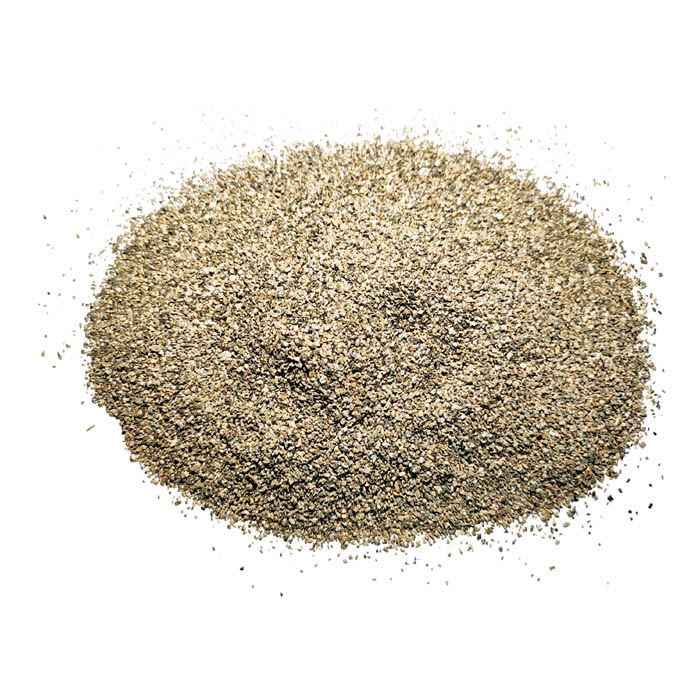Nov . 21, 2024 20:13 Back to list
high quality high temperature thermal insulating material
High-Quality High-Temperature Thermal Insulating Materials
In the realm of industrial applications, the demand for high-quality thermal insulating materials capable of withstanding elevated temperatures has never been greater. As industries strive for efficiency and sustainability, selecting the right insulating materials plays a critical role in optimizing energy consumption and ensuring safety in high-temperature environments. This article delves into the various aspects of high-temperature thermal insulating materials, including their types, properties, and applications.
High-temperature thermal insulating materials are engineered to endure extreme thermal conditions, often exceeding 1000°C (1832°F). These materials are essential in industries such as aerospace, automotive, metallurgy, and power generation, where heat retention and thermal protection are vital. The effectiveness of an insulating material is measured by its thermal resistance, which is determined by its thermal conductivity—a lower thermal conductivity indicates better insulation performance.
One of the most widely used materials for high-temperature insulation is ceramic fiber. This lightweight material is made from alumina-silica fibers and can tolerate temperatures up to approximately 1260°C (2300°F). Ceramic fibers are often utilized in furnace linings, kilns, and thermal reactors due to their excellent heat resistance and low thermal conductivity. Furthermore, they exhibit minimal shrinkage and degradation over time, ensuring longevity even under intense thermal stress.
Another prominent category of high-temperature insulation materials is mineral wool. Composed primarily of basalt or diabase, mineral wool is known for its robustness and ability to withstand temperatures of around 1000°C (1832°F). Its inherent resilience makes it suitable for use in insulation of industrial pipes, boilers, and storage tanks. Mineral wool not only provides thermal protection but also contributes to acoustic insulation, making it a versatile choice in numerous applications.
high quality high temperature thermal insulating material

For cutting-edge applications, aerogels stand out due to their remarkable insulating properties. Aerogels are solid materials with a large pore structure, providing very low density and thermal conductivity—often less than that of traditional insulating materials. Certain advanced aerogels can tolerate temperatures up to 1200°C (2192°F). Their unique properties make them valuable in aerospace applications, where weight reduction and thermal insulation are critical.
To enhance performance further, many modern high-temperature insulating materials are treated with specialized coatings or additives. These modifications can improve properties such as resistance to chemical corrosion and mechanical stress. For instance, some ceramic fiber products are reinforced with a needled felt structure, enhancing their durability and ease of installation.
Moreover, sustainability is increasingly influencing the selection of insulating materials. Manufacturers are now focusing on producing high-temperature insulation from recycled or eco-friendly materials, minimizing environmental impact without compromising performance.
In conclusion, high-quality high-temperature thermal insulating materials are essential for optimizing energy efficiency and ensuring safety in various industrial applications. With options like ceramic fiber, mineral wool, and advanced aerogels, industries can select the appropriate insulation based on specific thermal requirements. As technology progresses, the future of thermal insulation looks promising, with innovations in material science paving the way for even more efficient and sustainable solutions.
-
Eco-Friendly Granule Covering Agent | Dust & Caking Control
NewsAug.06,2025
-
Fe-C Composite Pellets for BOF: High-Efficiency & Cost-Saving
NewsAug.05,2025
-
Premium Tundish Covering Agents Exporters | High Purity
NewsAug.04,2025
-
Fe-C Composite Pellets for BOF | Efficient & Economical
NewsAug.03,2025
-
Top Tundish Covering Agent Exporters | Premium Quality Solutions
NewsAug.02,2025
-
First Bauxite Exporters | AI-Optimized Supply
NewsAug.01,2025
